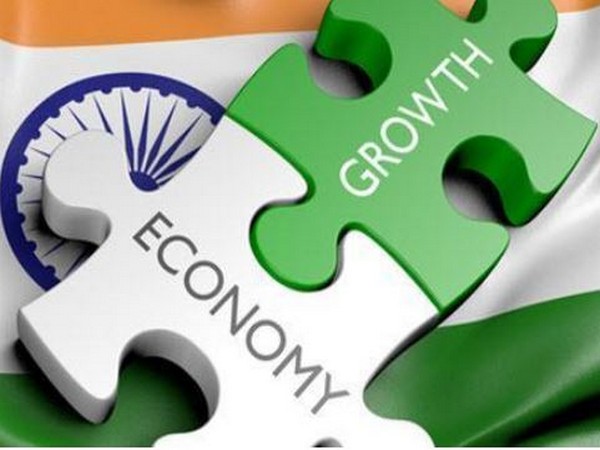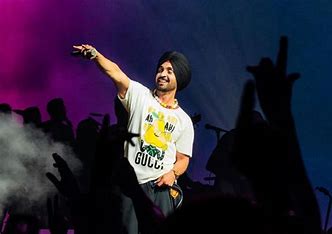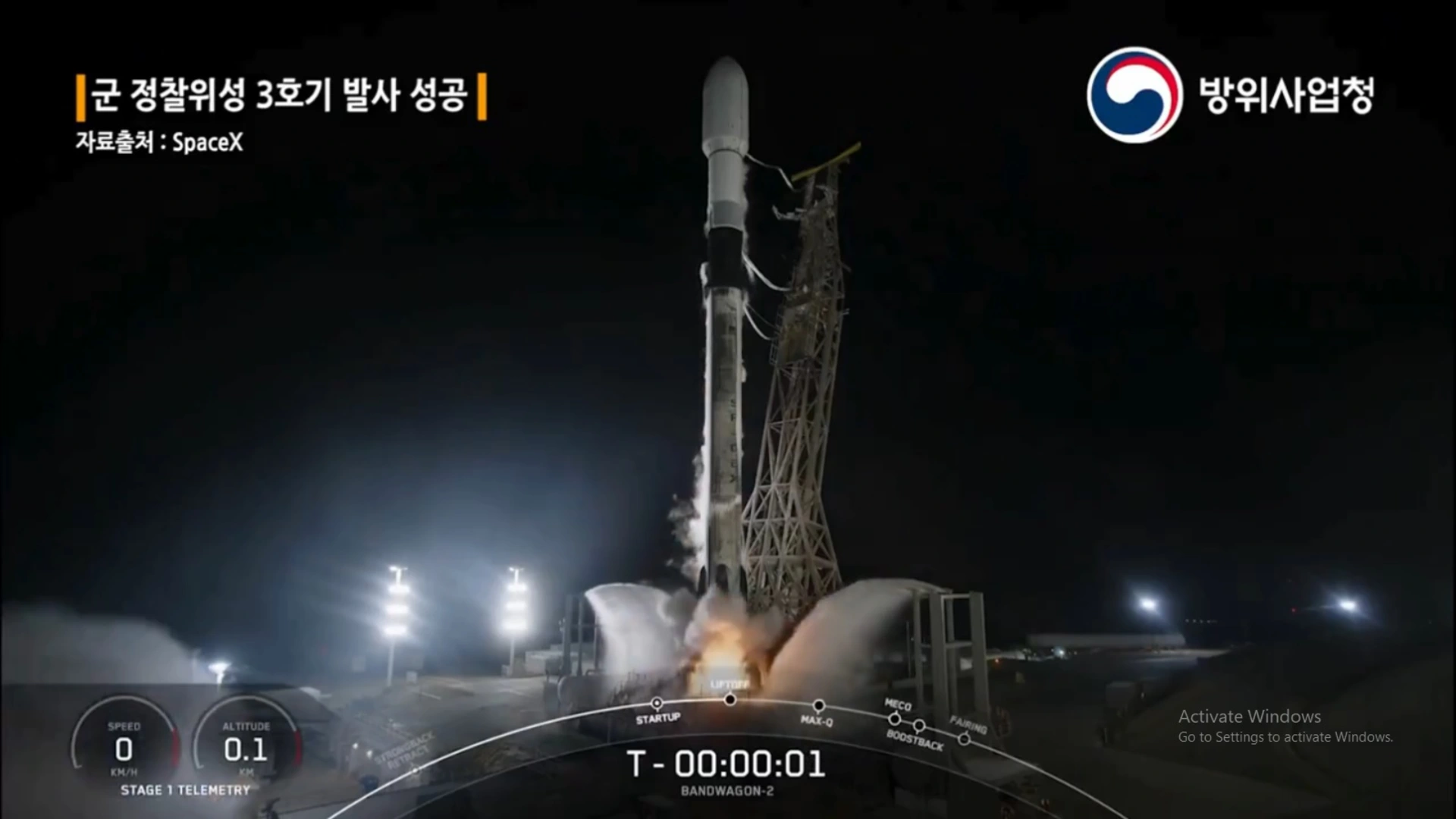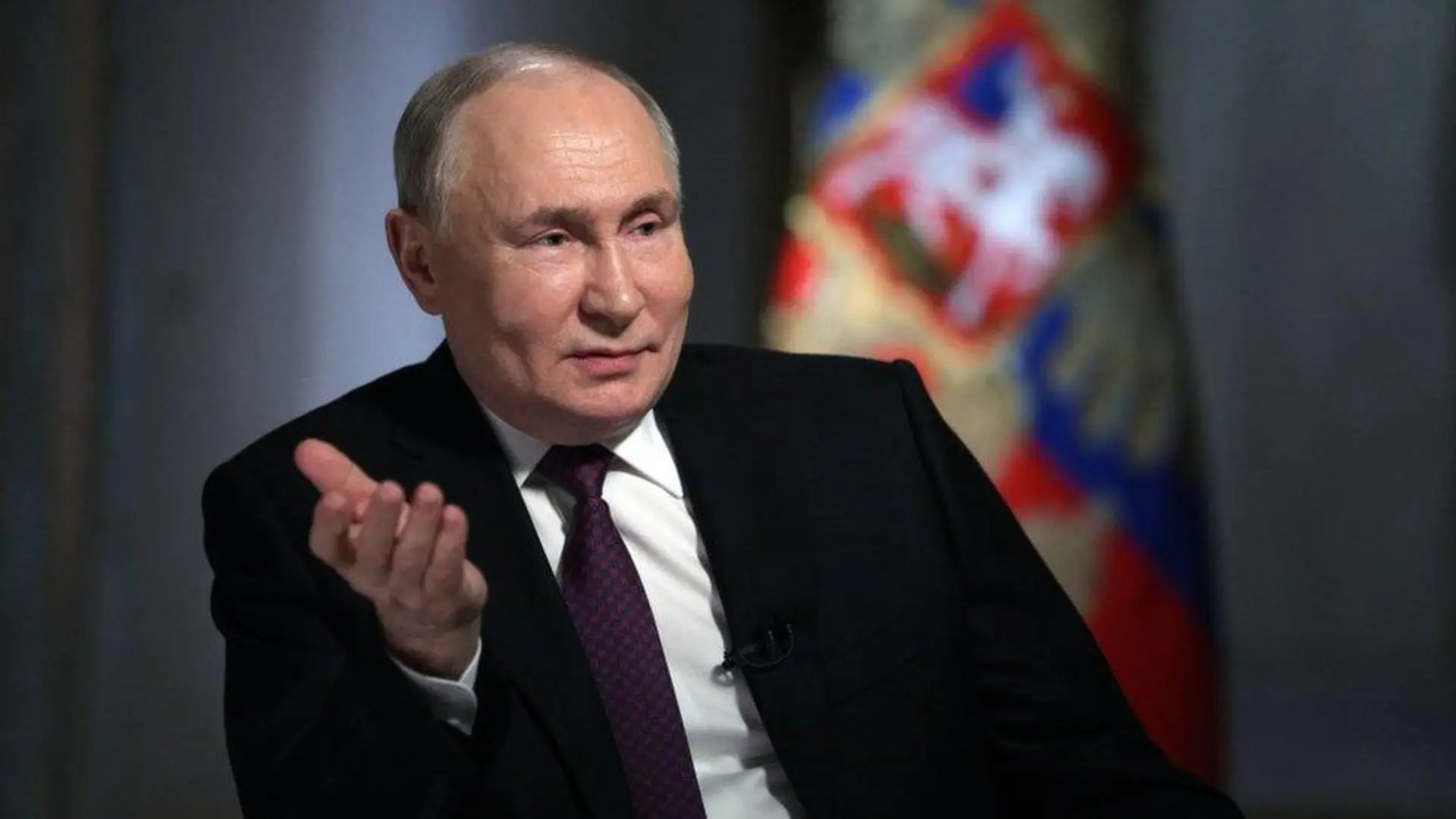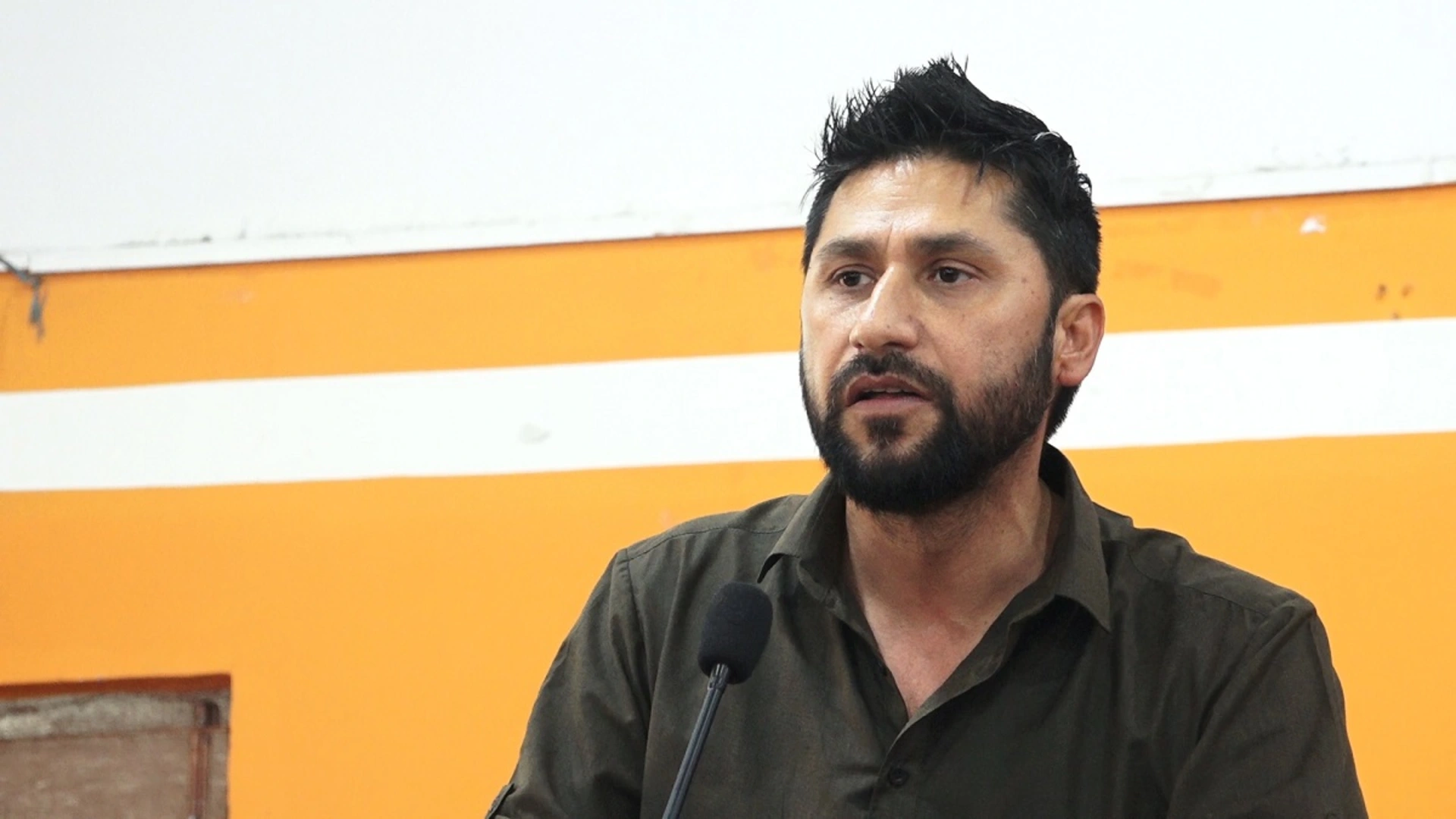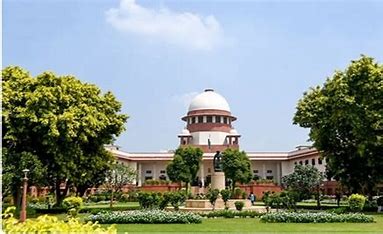India’s real Gross Domestic Product (GDP) grew at 13.5% in the first quarter of 2022-23 (1QFY23), the fastest pace in four quarters, with the Gross Value Added (GVA) too rising by 12.7%.Nominal GDP grew by a handsome 26.7% in June quarter of 2022, despite high base of 32.4% in June quarter of 2021. The best thing about the solid 13.5% growth
( Rs 36.85 lakh crore in absolute terms) was that it was a good 3.8% above pre-pandemic levels. While India’s GDP for the period July-September 2022 grew by 6.3%, which was lower than the 13.5% in Q1FY23, this 6.3% (Rs 38.17 lakh crore in absolute terms) was again, much higher than pre-pandemic levels of Rs 35.5 lakh crore
In fact, GDP for the first half of FY23 (April-September) is estimated at Rs 75.02 lakh crore, which is excellent. The Q2FY23 GDP figure of 6.3% assumes significance amid widespread concerns of a global recession. Domestic growth drivers on the Services side continue to remain robust in India, despite weakening global demand amid tightening financial conditions. The World Bank has reduced China’s growth in CY23 from 4.3% forecast to barely 2.7%, while for FY23, India’s growth estimate stands at 6.6%. India’s GDP growth has been upgraded from 6.5% to 6.9% for FY23 by the World Bank and that should tell Modi naysayers a lot about the underlying resilience of the Indian economy.
Even though the pace of economic growth slowed in Q2, data shows that India still remains the fastest growing major economy globally. China registered an economic growth of 3.9% in July-September 2022 quarter. Hans Timmer of the World Bank has said: “India is doing better than the rest of the world. There are more buffers in India, especially large reserves at the Central bank. That’s very helpful”. Interestingly, the consumer price index (CPI) based retail inflation that had surged to a 5-month high of 7.41% in September, reduced significantly to 5.88% in November, with retail food inflation at 4.67% Vegetable inflation in November was minus 8.08%.Even WPI for November came down sharply to 5.85%, with wholesale food inflation at just 2.15%.
To accelerate the ongoing economic situation, the Modi government stepped up Capital expenditure, spending Rs 1.67 lakh crore ($20.45 billion) in 2QFY23, more than 40% higher than a year ago. Most large economies are either in the throes of a recession or staring at an impending recession, made worse by the resurgence of Covid in China. Large parts of Beijing are under stringent lockdown. The Chinese growth model has failed miserably and will in turn derail the nascent economic recovery in large parts of the globe. That said, India is positioned fairly well and is relatively insulated, as India has a large domestic market with a huge middle class. Also, given that over 60% of India’s GDP is driven by the Services sector which is doing really well, India holds out promise even when the rest of the world (ROW) is largely in doldrums.
True, India’s merchandise exports, which surged by almost 200% in April 2021, posted an almost 17% contraction in October 2022. Core sector grew by only 0.1% in October 2022, with IIP contracting by 4% in October.
Also, the S&P Global, India Manufacturing PMI increased to a three-month high of 55.7 in November 2022 from 55.3 in the prior month, with Services PMI also rising to 56.4 in November from 55.1 in October. GST collection was Rs 1.52 lakh crore in October and 1.46 lakh crore in November, indicating consistent revenue buoyancy.
Auto sales are a lead indicator. Market leader Maruti Suzuki saw domestic sales growth of a solid 19.5% YoY in November 2022, with overall sales rising by 14.27%, despite a 7.74% fall in exports, showcasing how India’s economic recovery is robust despite slowing exports. Services on the supply side and investments on the demand side would continue to be the main drivers of growth going forward, ensuring a 7% GDP growth or more in FY23 for India, with 1HFY23 growth already coming in at a whopping 9.9%.
Let no one forget that like rest of the world, India faced two crippling Black Swan events–the Covid pandemic and the Russia-Ukraine war. Both these global events had far reaching ramifications, disrupting global supply chains, global food production, thereby affecting adversely business confidence and retail sentiment. Yet, despite so many headwinds one after the other, India’s broad based V-shaped recovery is a testimony to the far-sightedness of Prime Minister Narendra Modi and his vision.
Given declining inflation, the pressure on RBI to raise rates will be much lower and this was seen in the credit policy announced in December 2022 wherein the RBI raised the Repo rate by only 35 bps rate from 5.9% to 6.25%. The rate hikes by the RBI are unlikely to be very aggressive henceforth. At 8.7% India under PM Modi, was the fastest growing global economy last year and is poised for a repeat, this year too.
That India at $3.5 trillion, overtook the UK at $3.2 trillion, to become world’s 5th largest economy in terms of nominal GDP, is an endorsement of how PM Modi deftly steered India amidst multipronged challenges in the last few years, without ever losing focus of reforms, financial stability and welfarism. Remember, India is already the world’s third largest economy in PPP terms, with a size exceeding $11 trillion. Seeing the accelerated growth path taken by India since 2014 under PM Narendra Modi, India is likely to get the tag of the world’s third largest economy in terms of nominal GDP too, by 2029, seven ranks higher since 2013, when the country was ranked tenth, under Congress-led regime. India’s share in global GDP was barely 2% under the erstwhile Congress dispensation. It is now 3.5% and slated to be over 4% by 2027, or even earlier.
To cut to the chase, under PM Modi, not only has the size of India’s economy increased in absolute terms but even the pace of growth has been steadfast, despite two debilitating Black Swan events. India, as per many global surveys, is the only large global economy, which is not going into recession in the next one year, but will actually clock a 7% plus growth in FY23, (RBI’s forecast is 6.8%) defying all odds. And that is not a small feat!
Sanju Verma is an Economist, National Spokesperson of the BJP and the Bestselling Author of ‘The Modi Gambit’.

